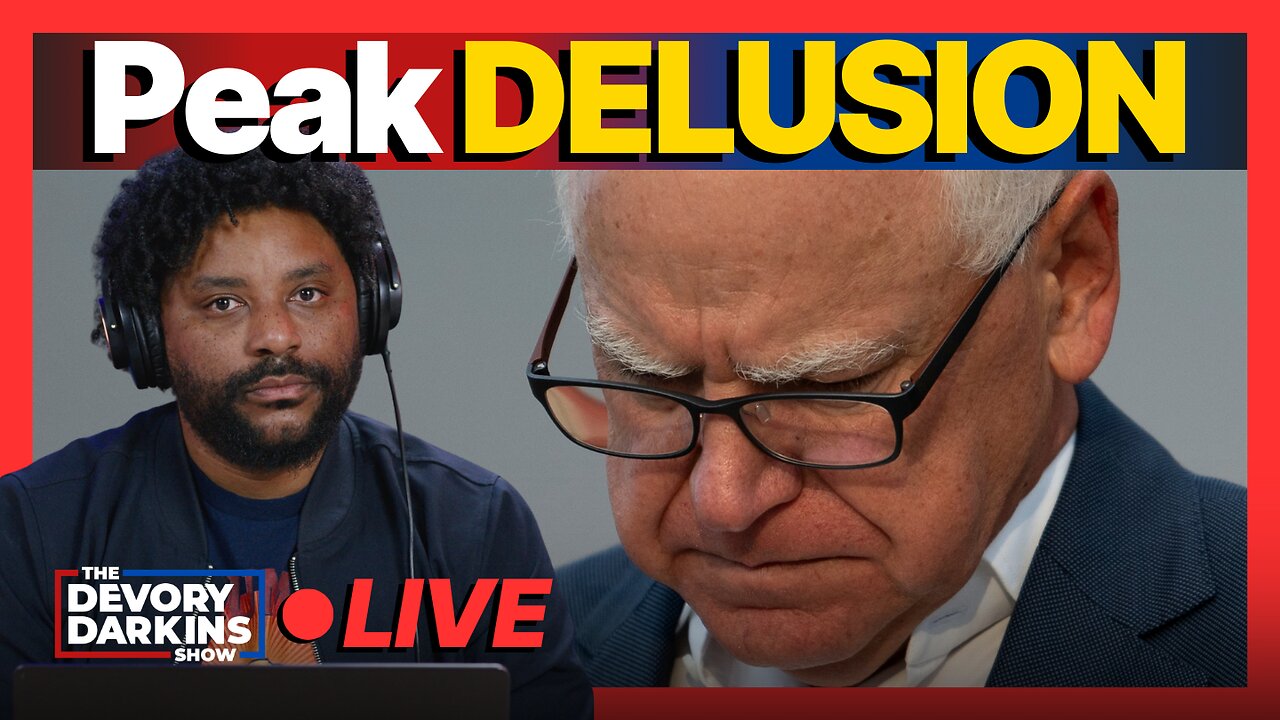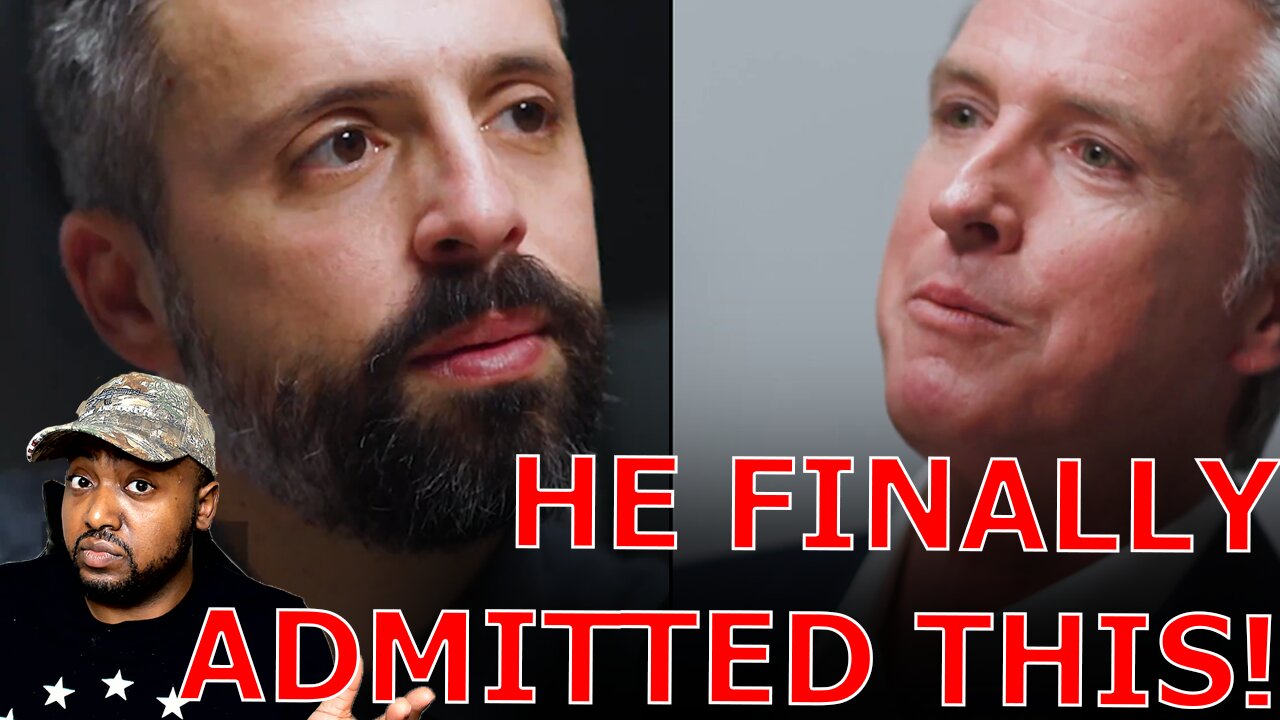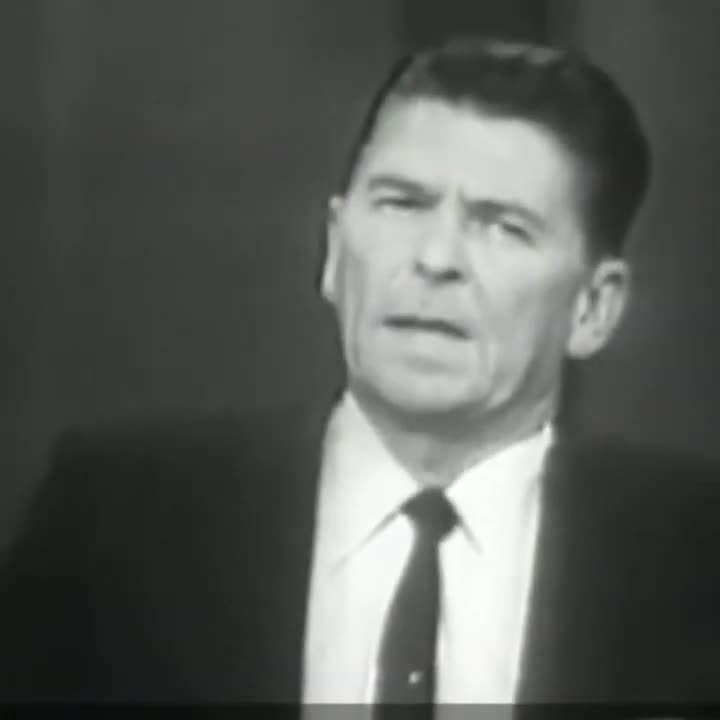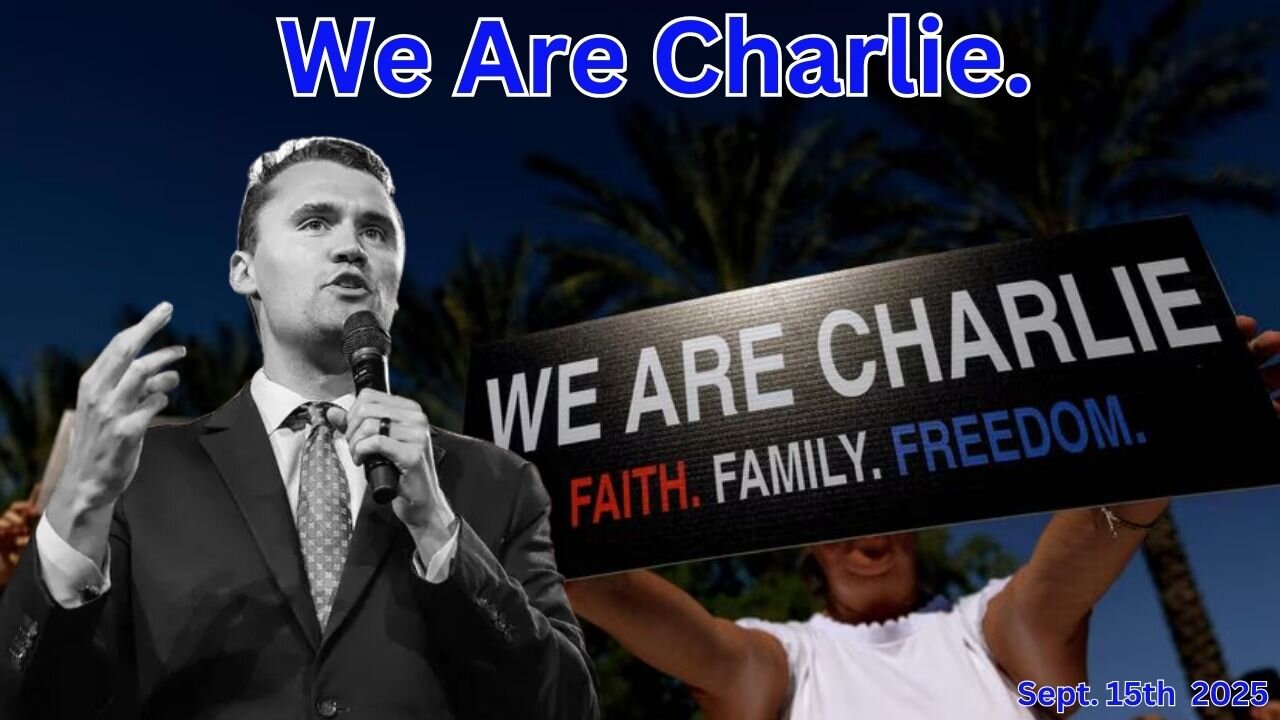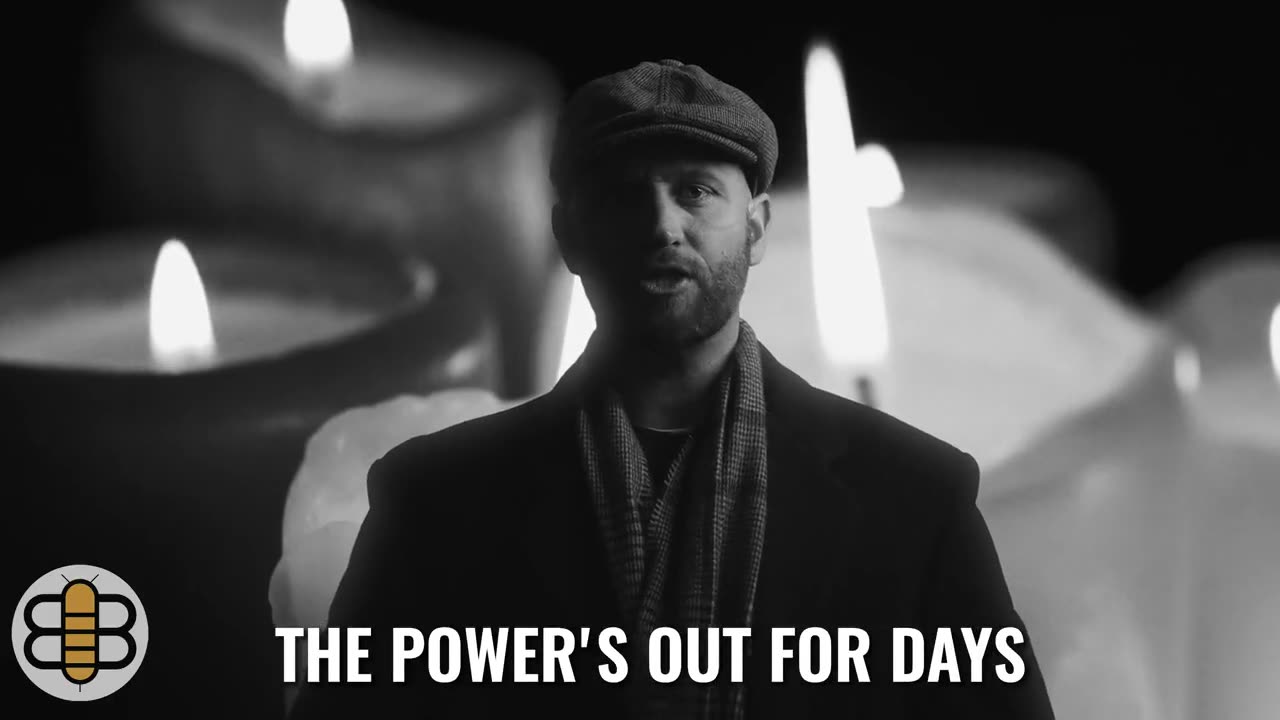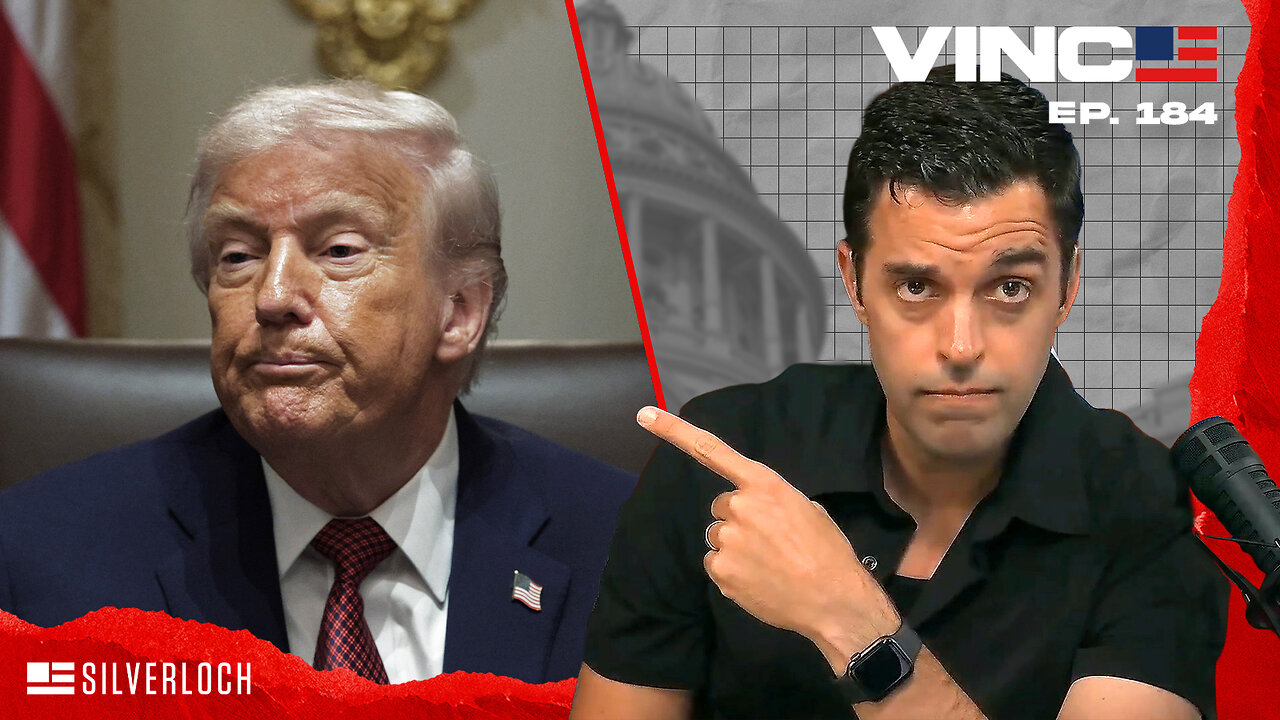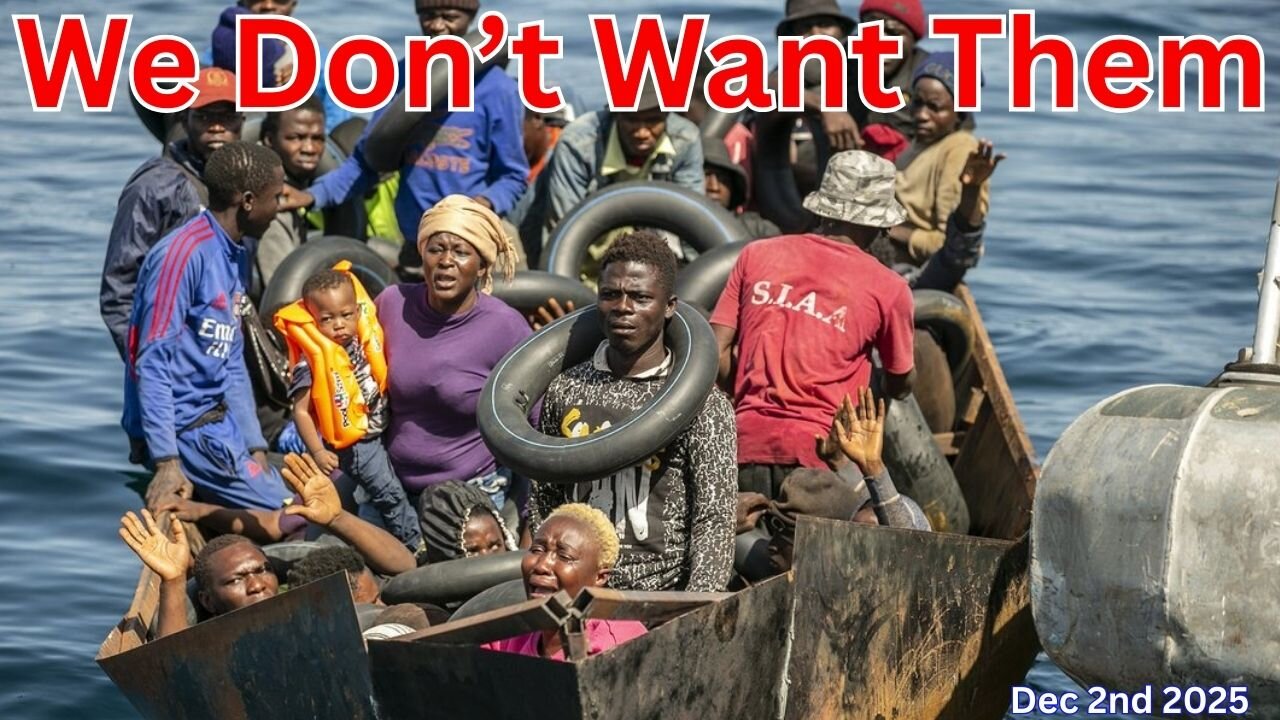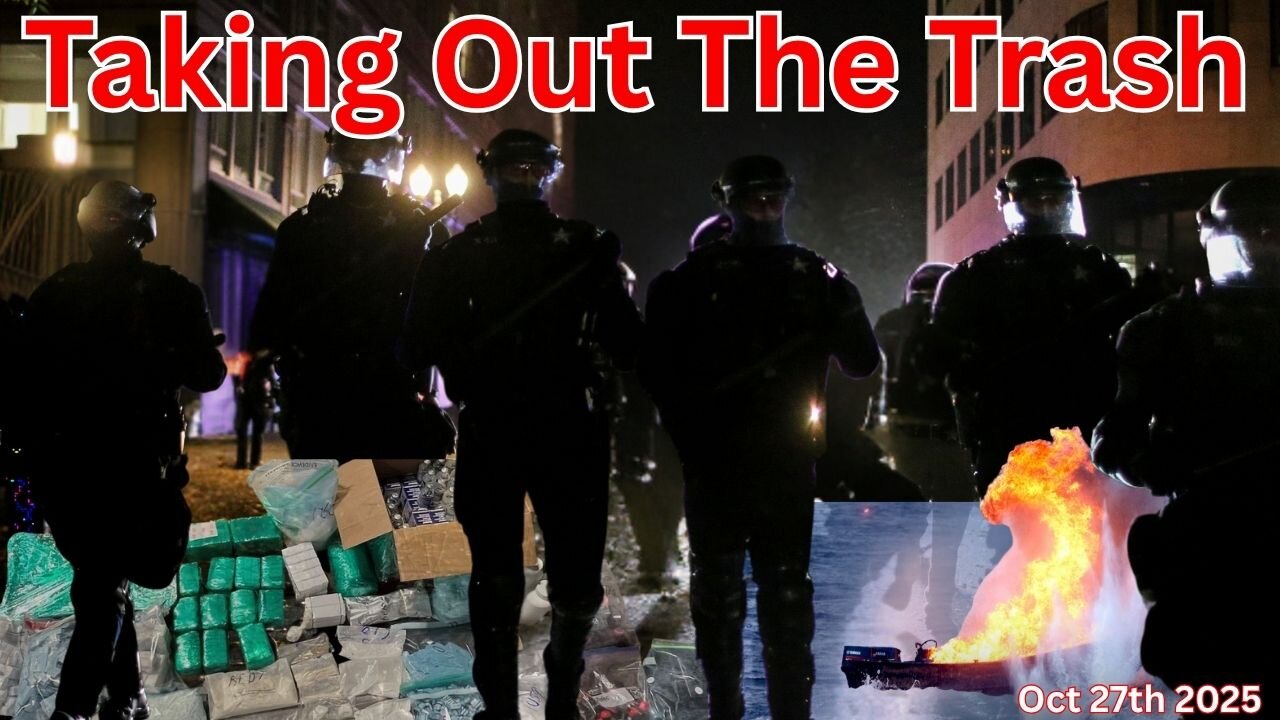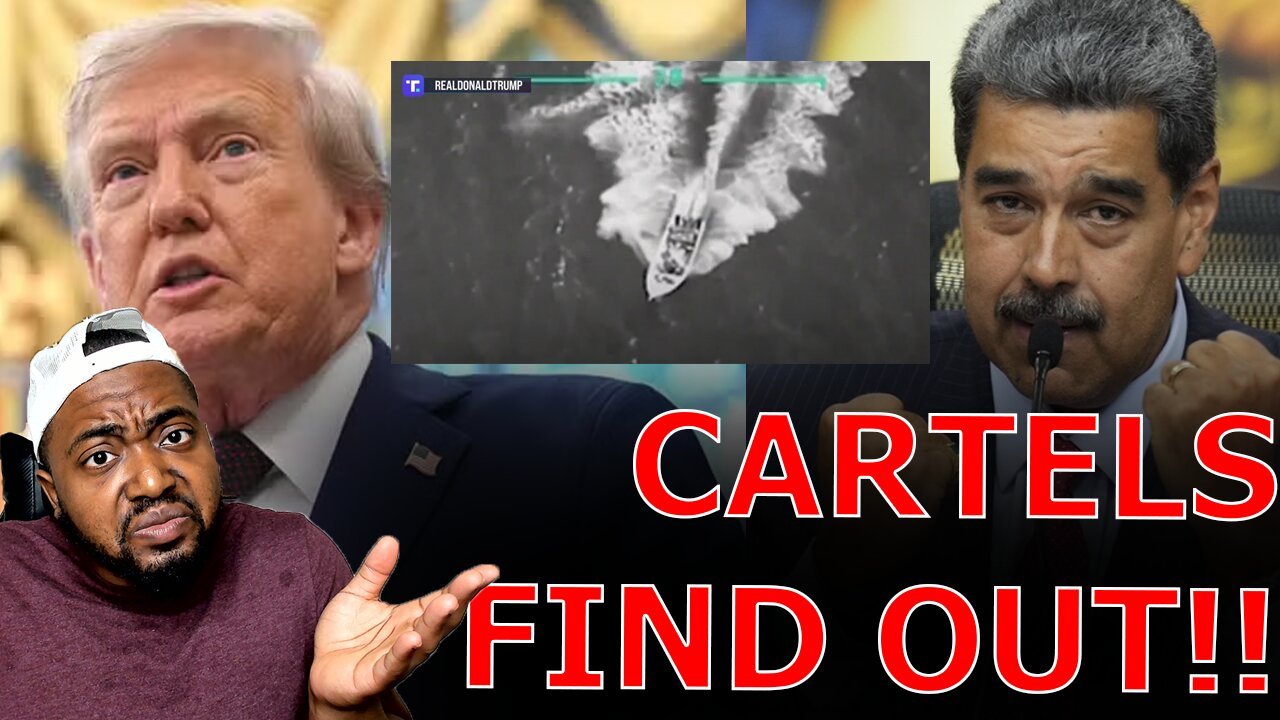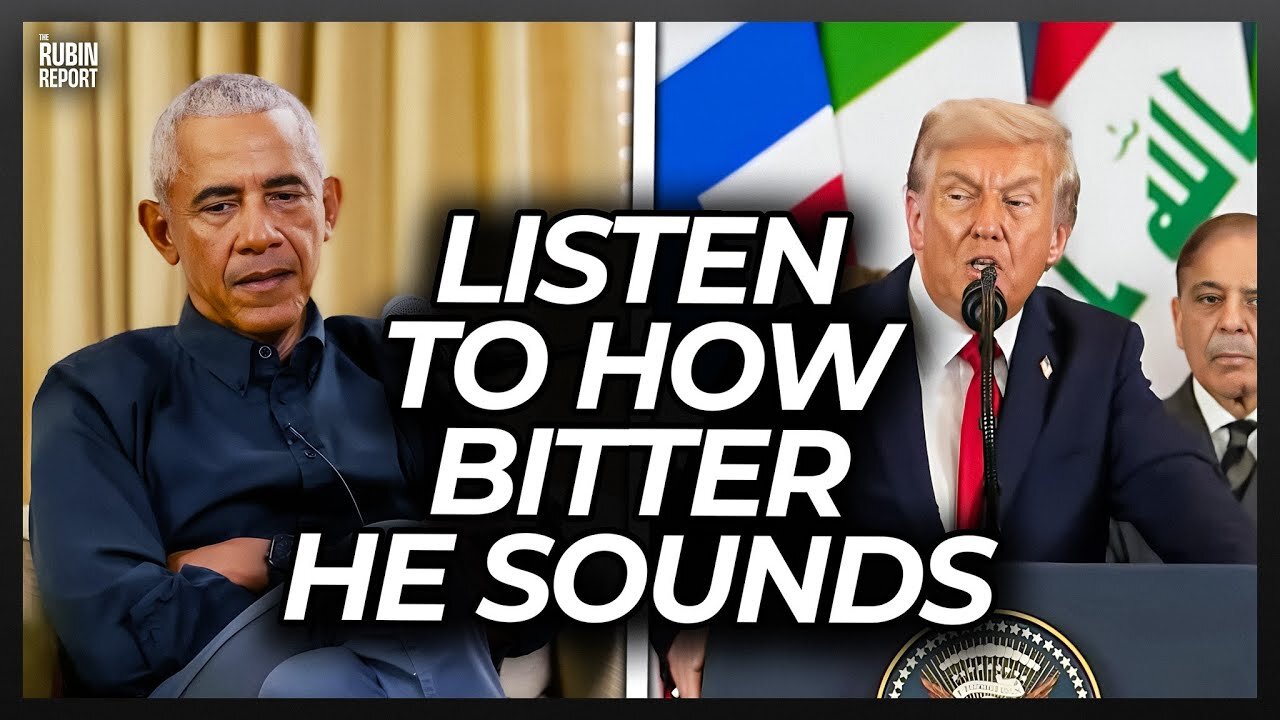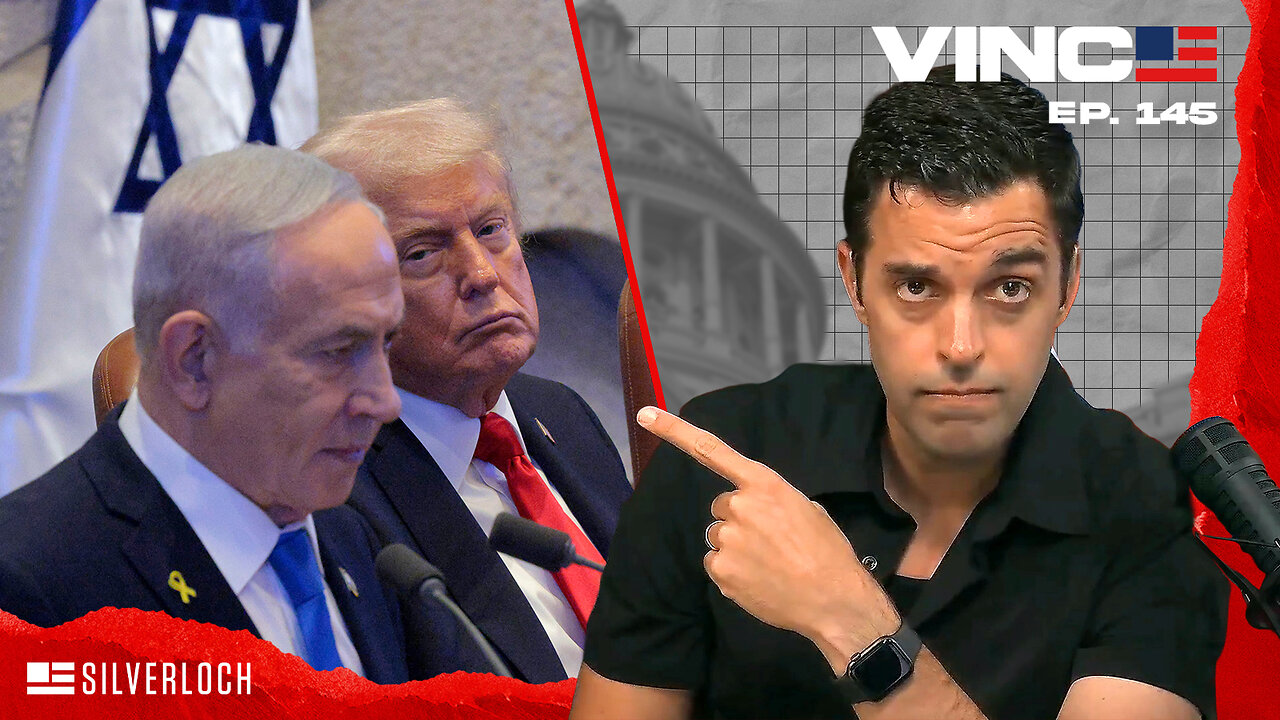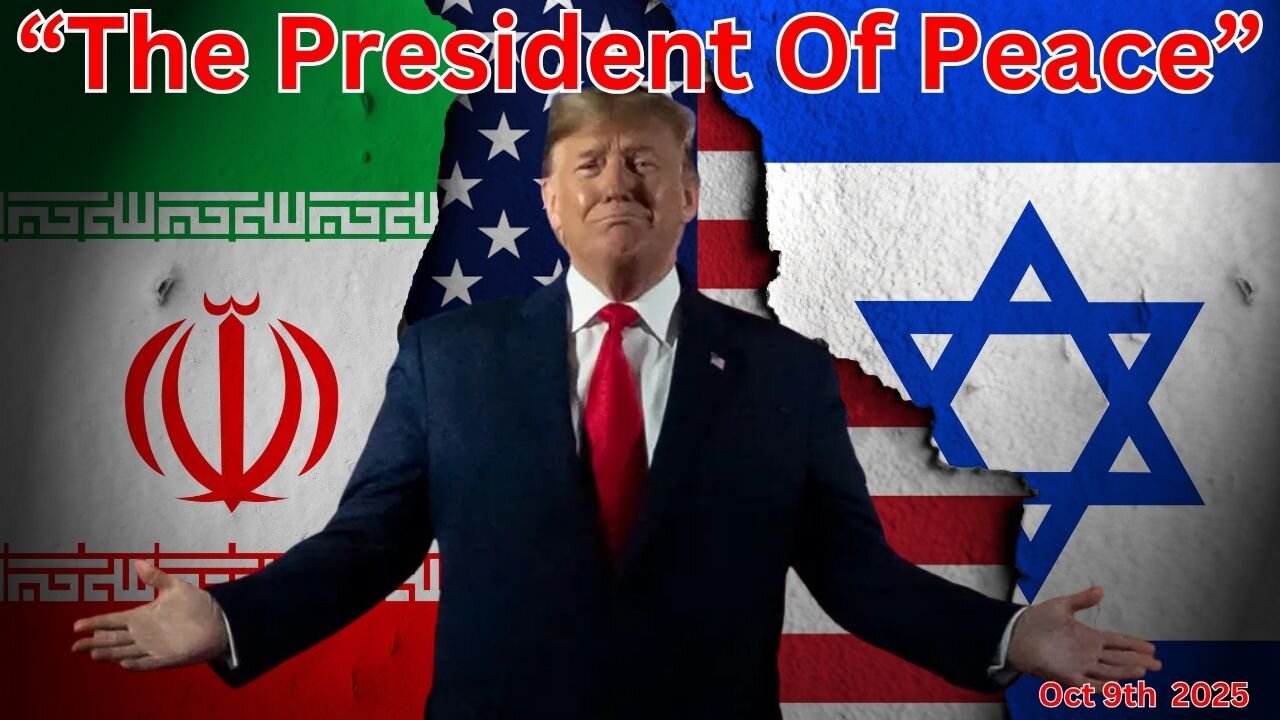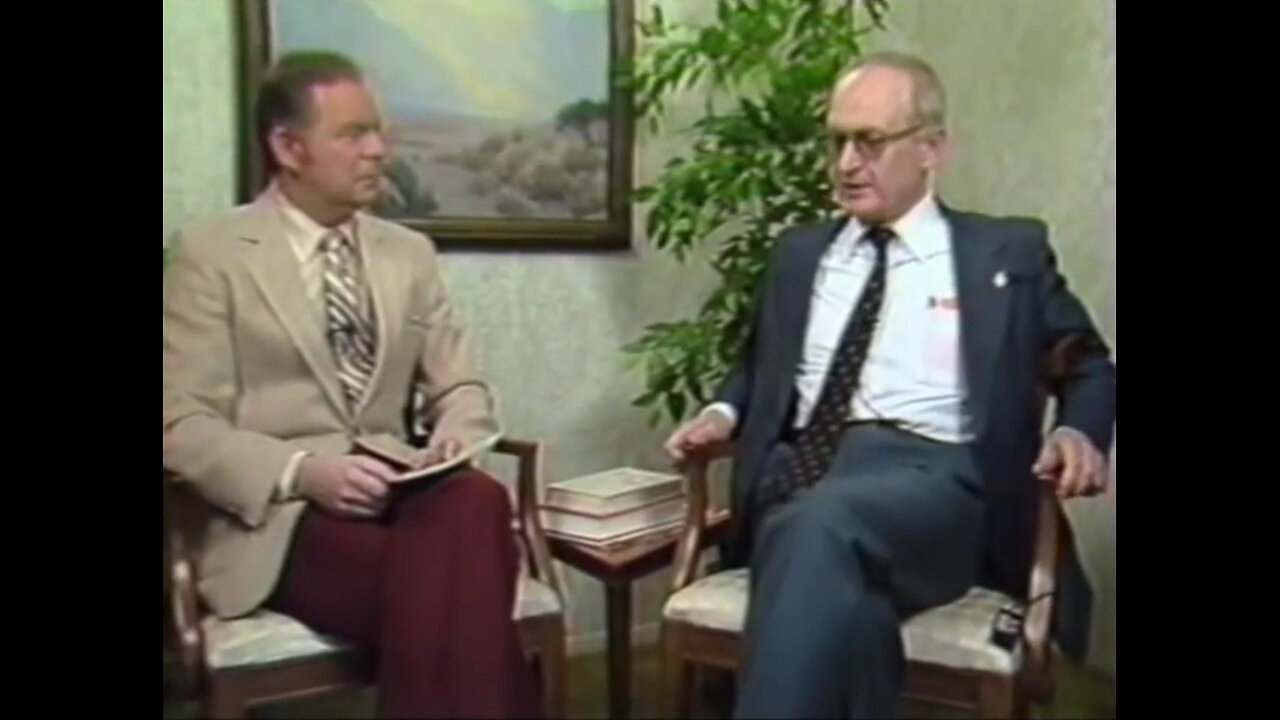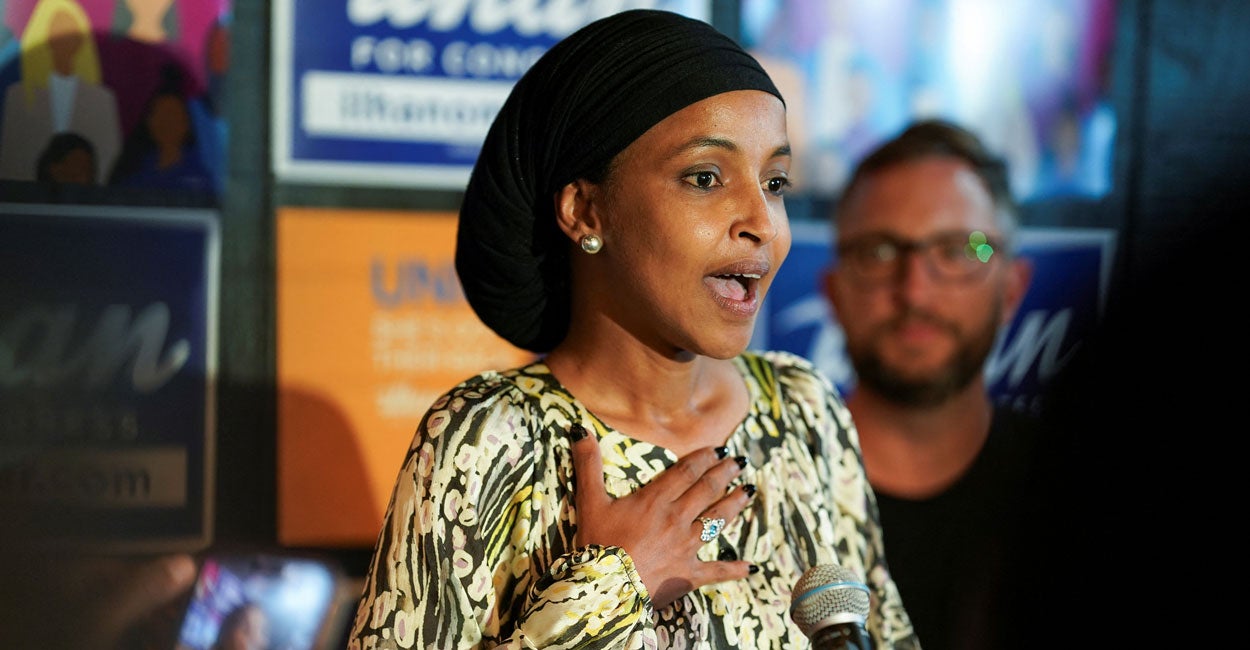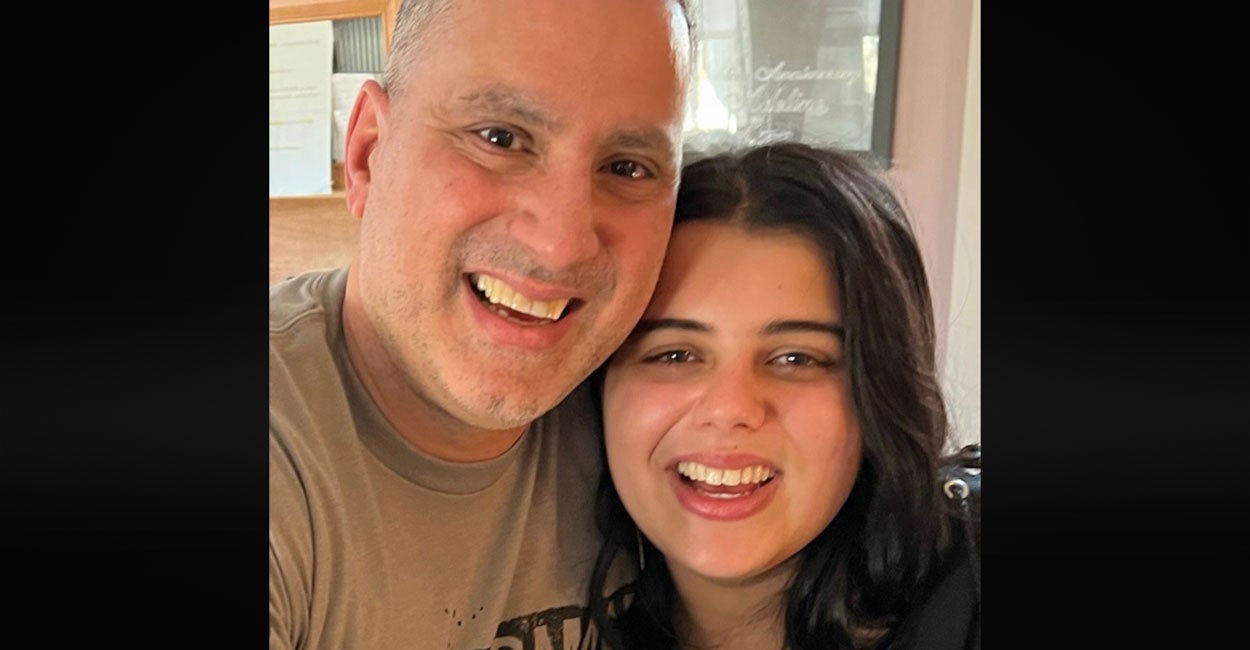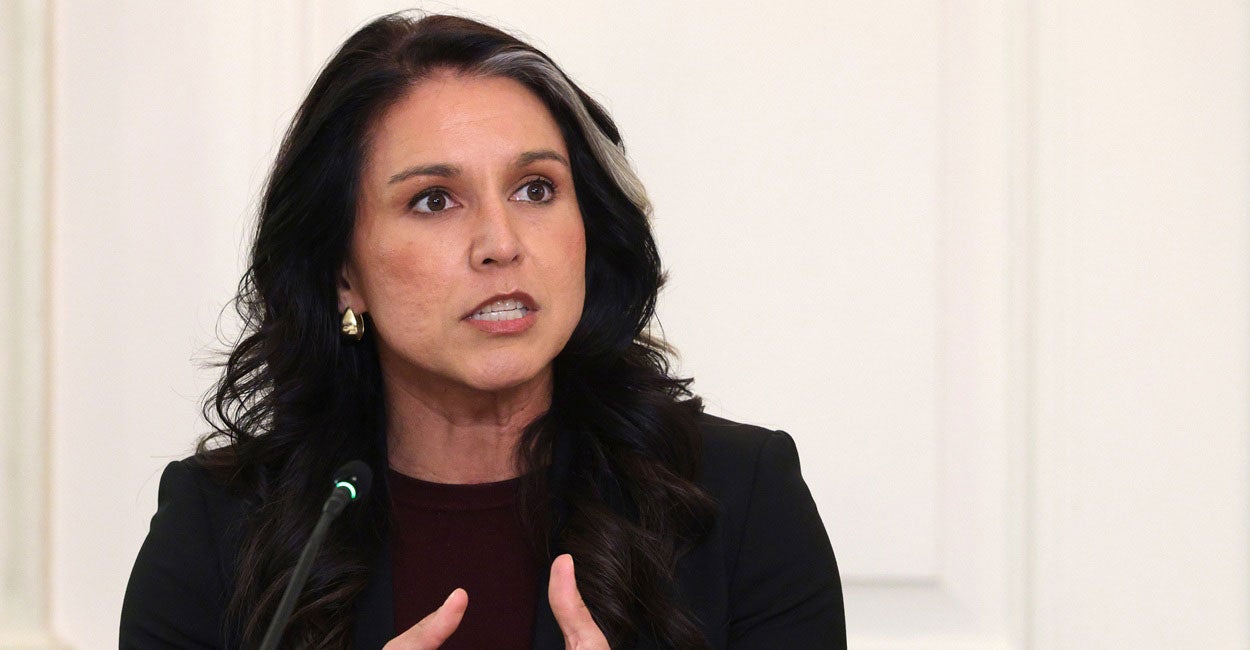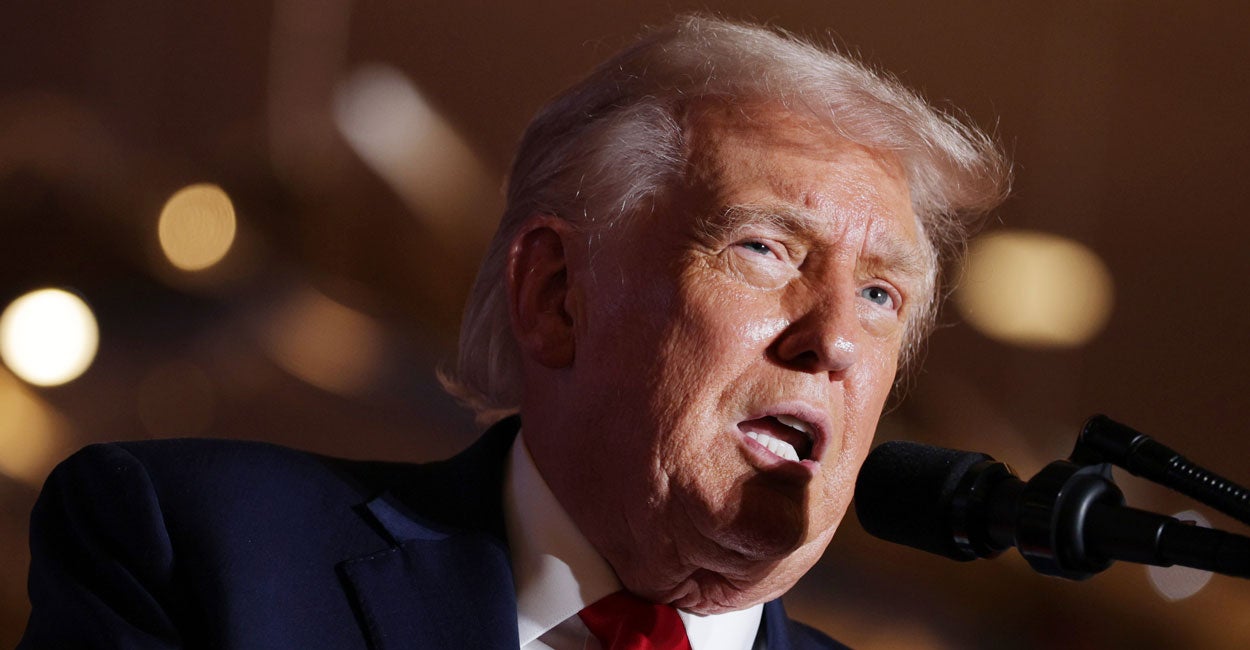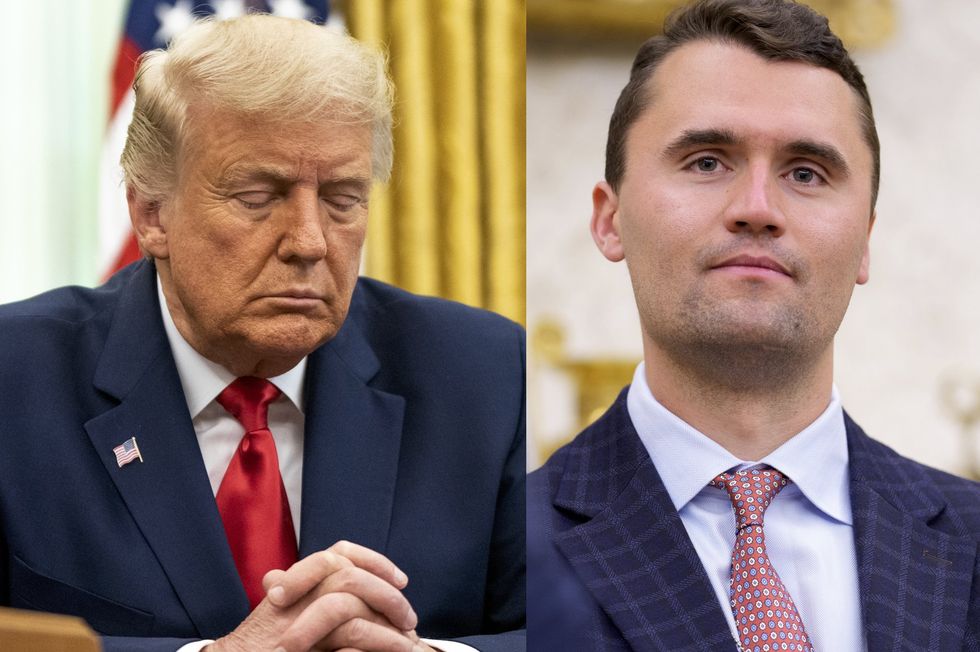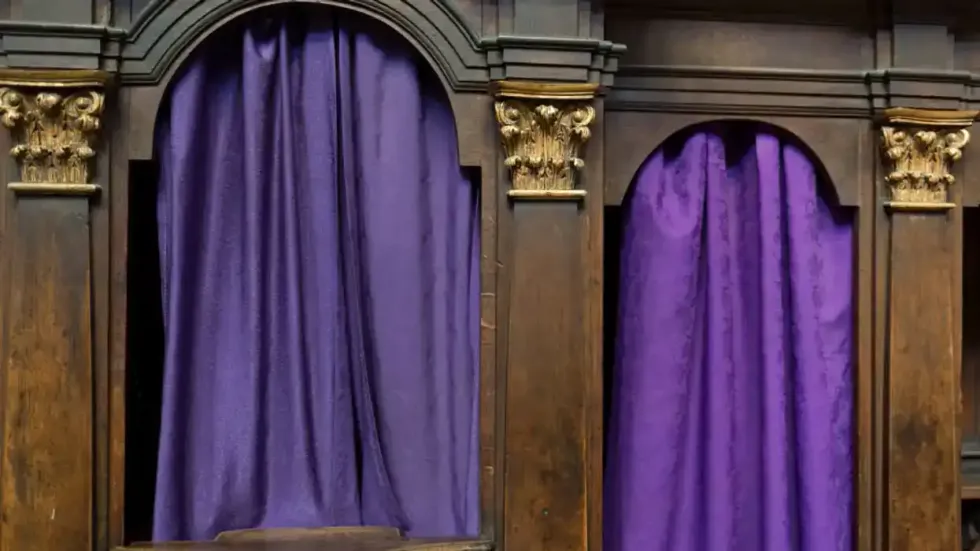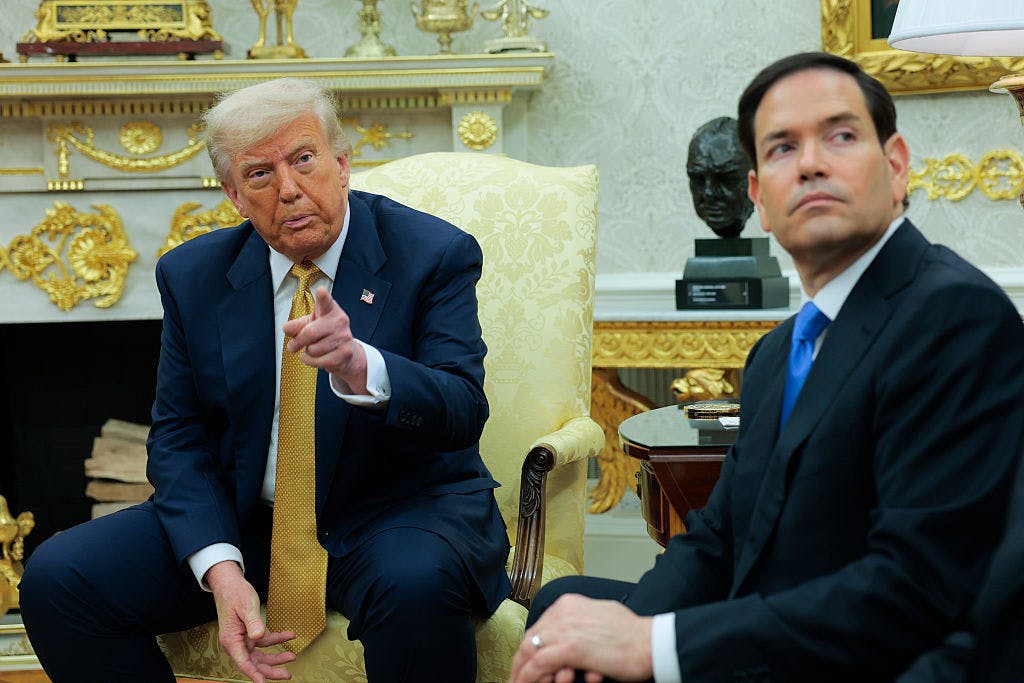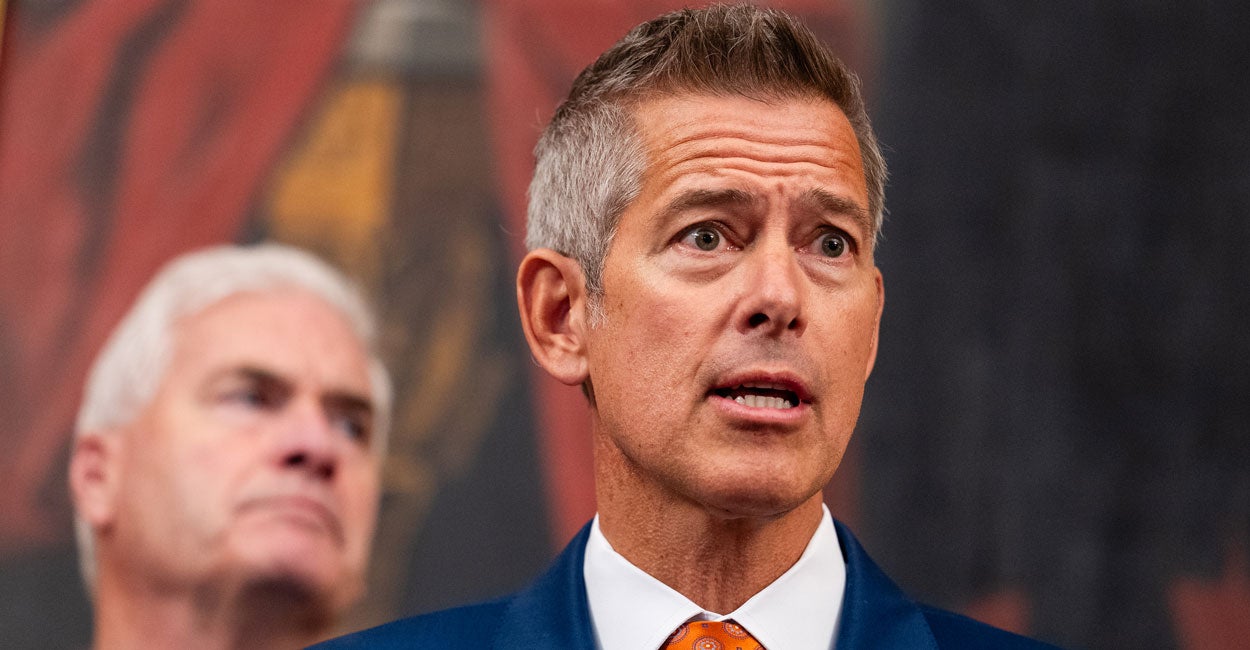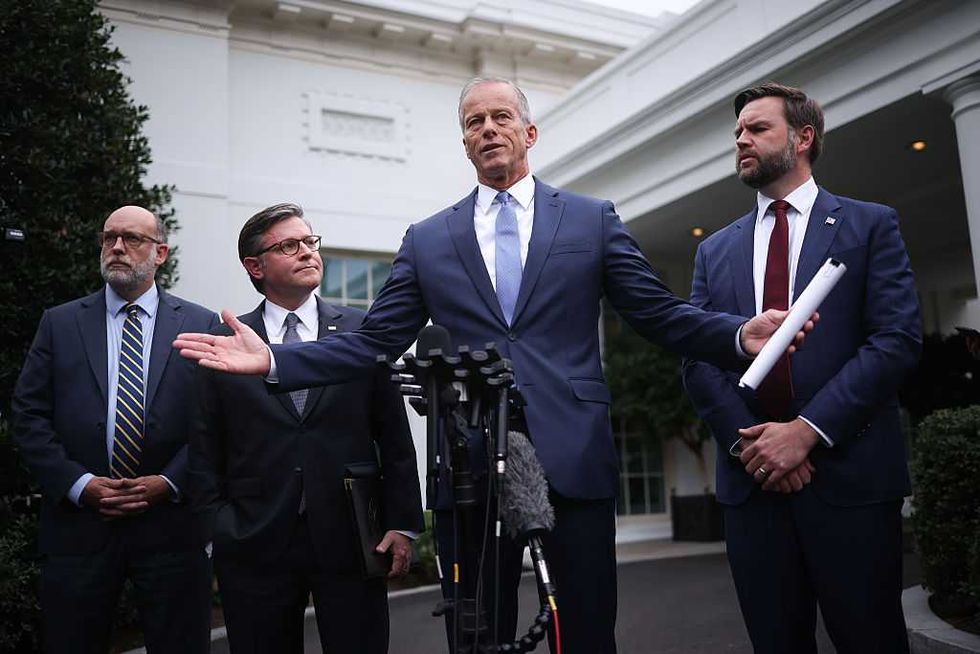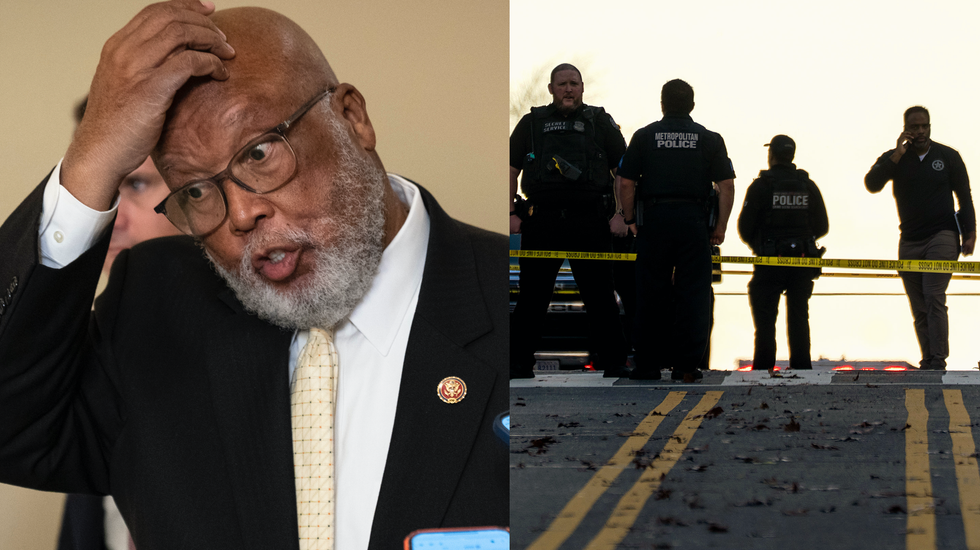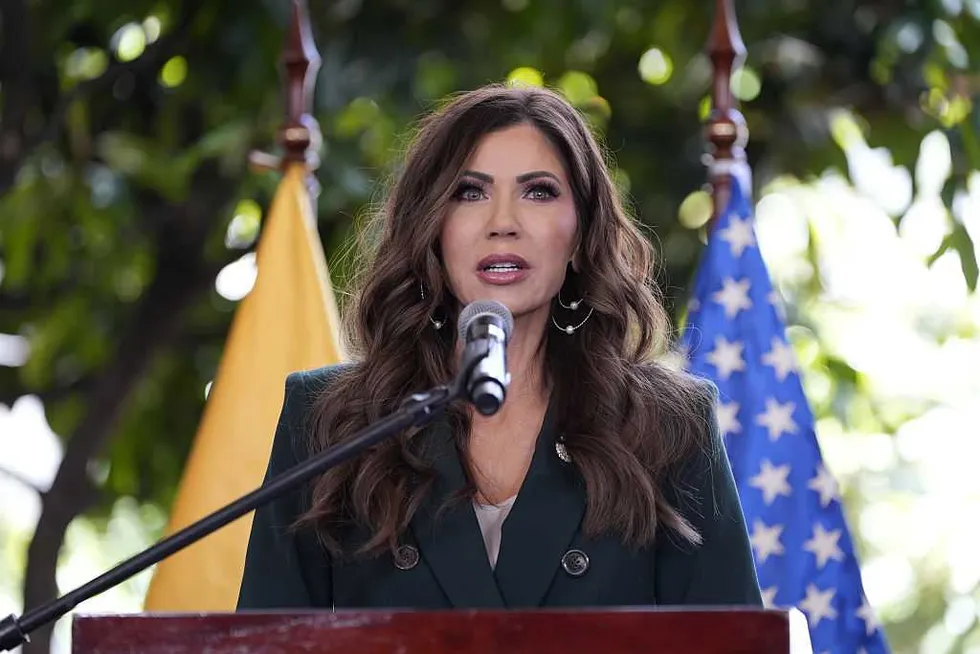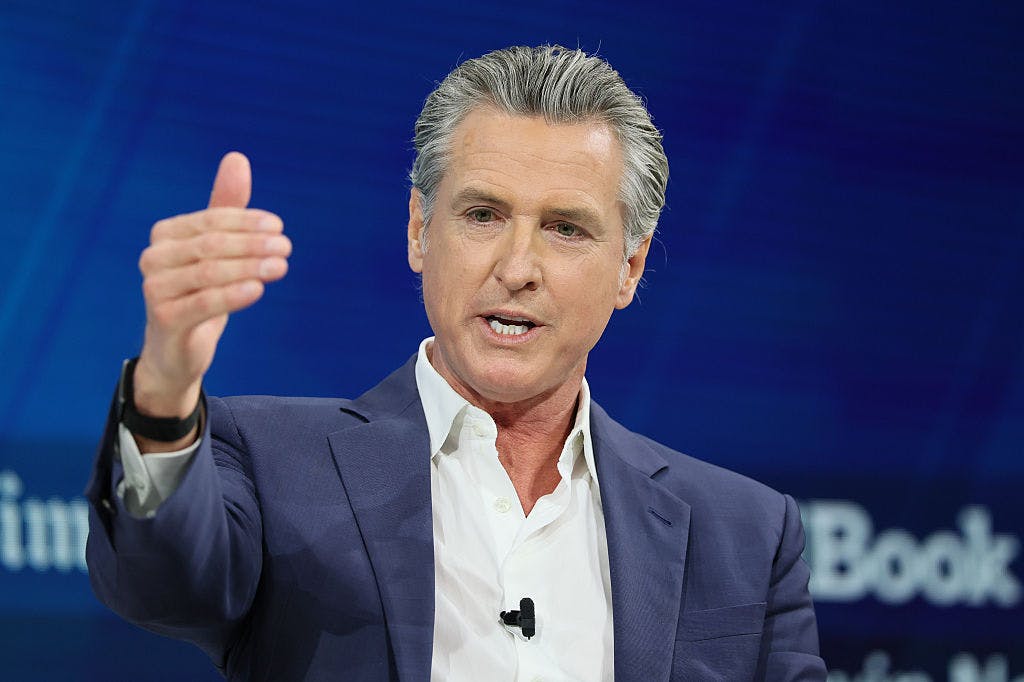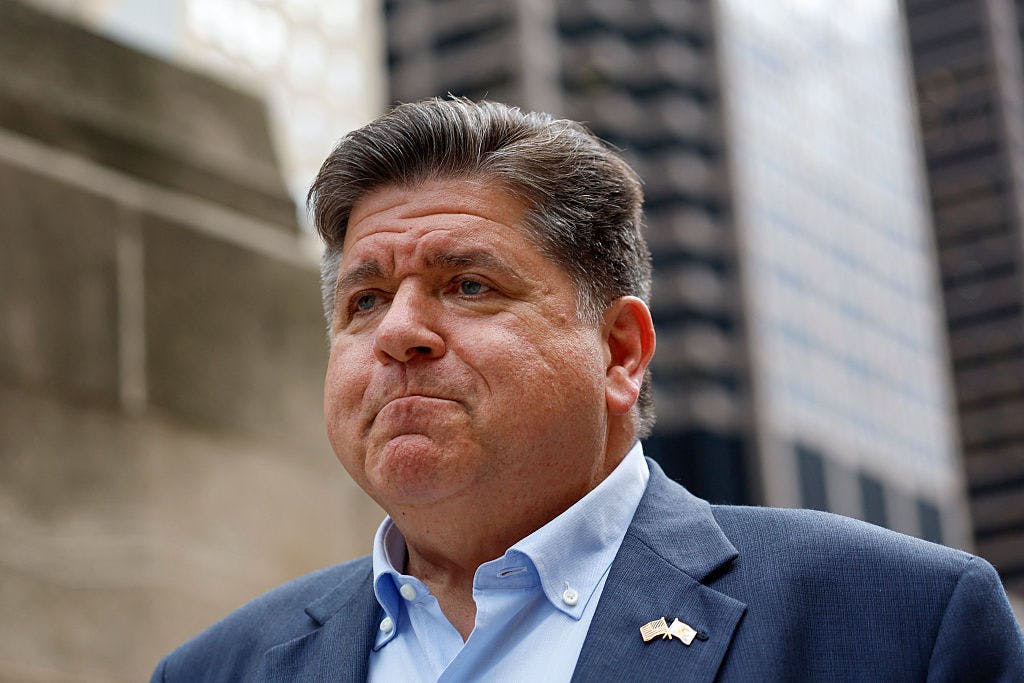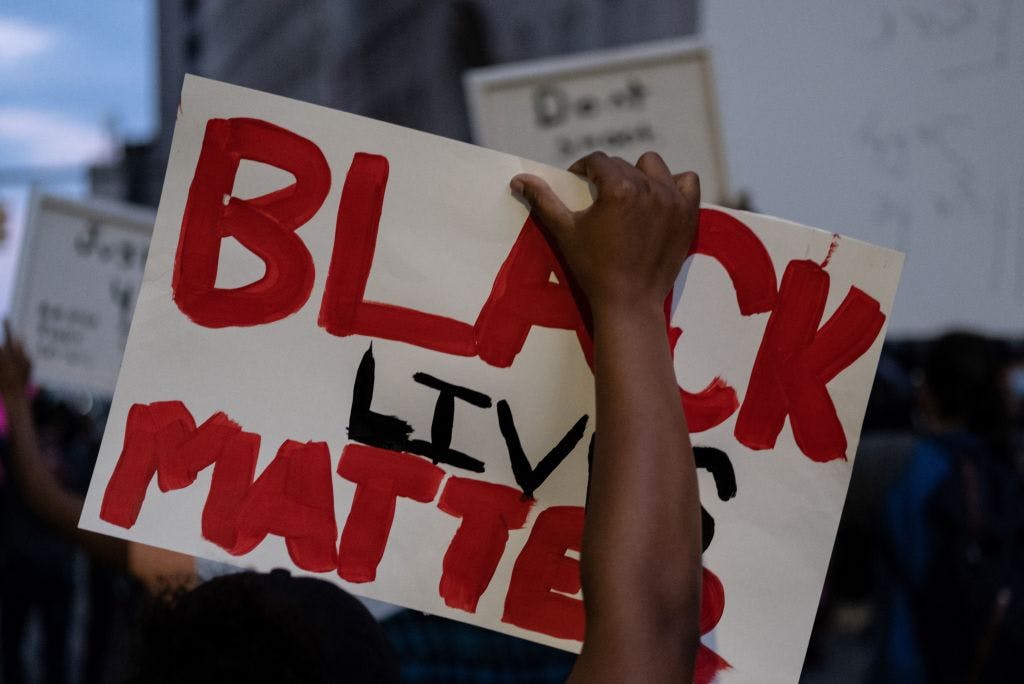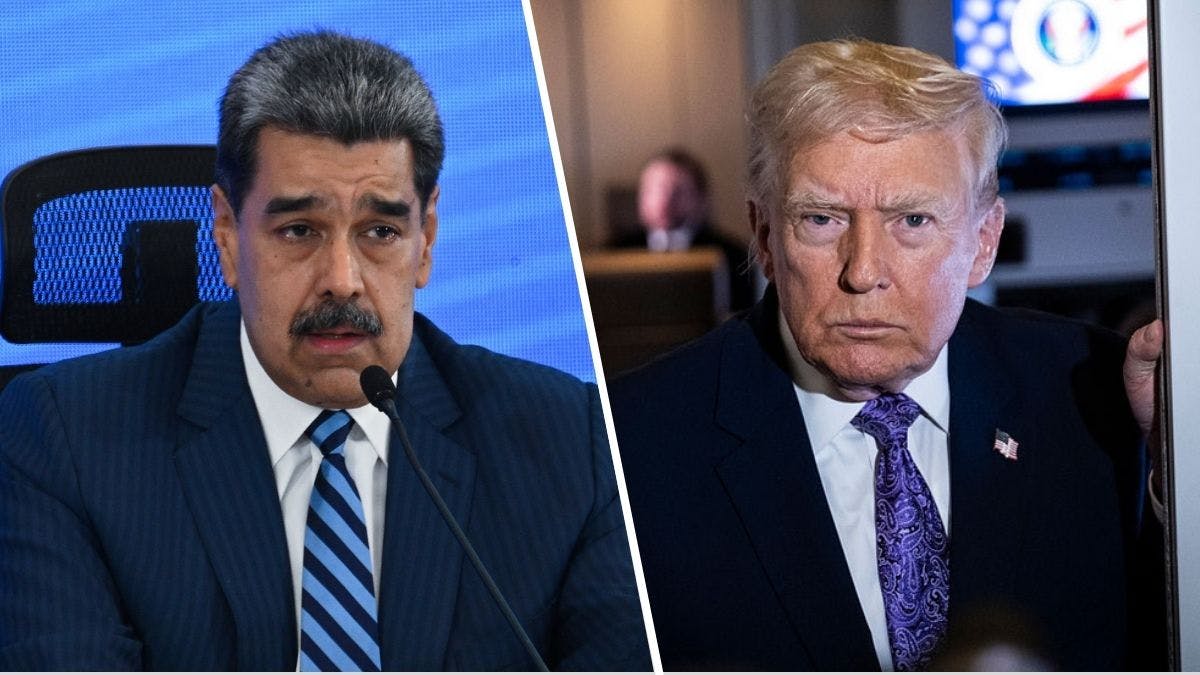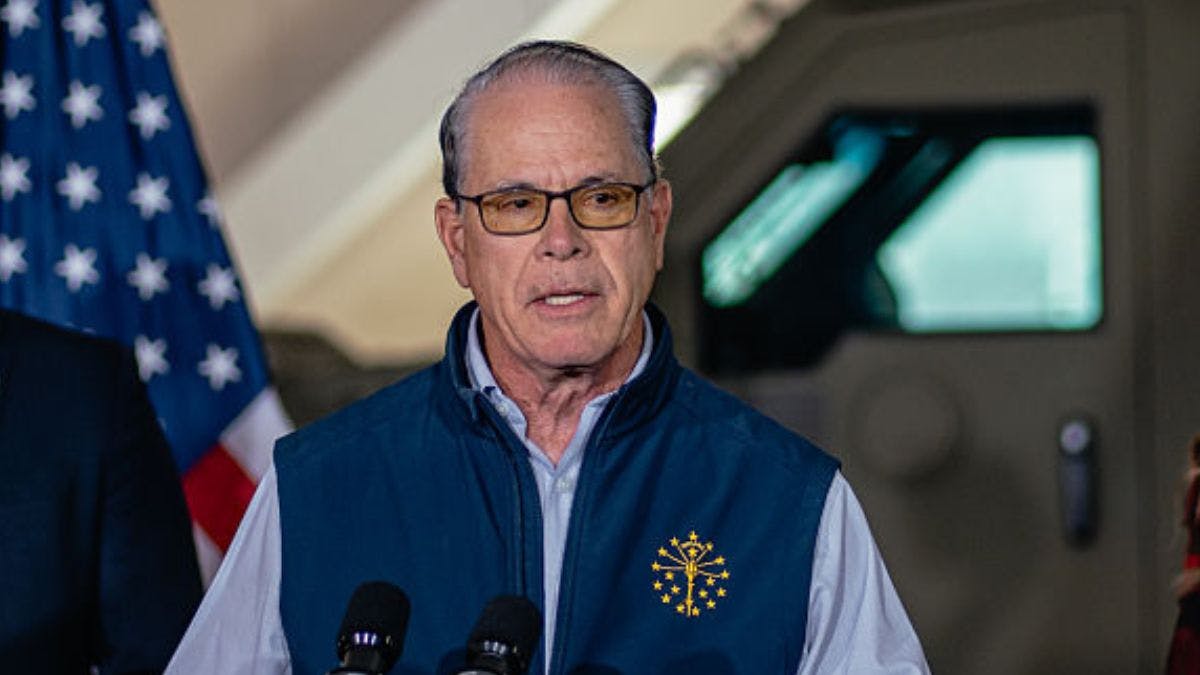How Trump’s ‘Nonconventional’ Leadership Led to Israel-Hamas Ceasefire and Hostage Deal

The remaining living 20 hostages are set to be released and returned to Israel Monday morning after over two years of captivity in Gaza. The breakthrough is a testament to President Donald Trump’s “nonconventional leadership style,” according to Vice President JD Vance.
“I think the story of how this historic peace deal came to fruition is that you had Secretary [Marco] Rubio, you had Jared Kushner, you had Steve Witkoff who were empowered by the president of the United States in very nonconventional ways to bring the Gulf Arab states and Israel to the table and really force them together to hammer out a peace deal,” Vance told Fox News on Sunday.
Israel and Hamas agreed to the terms of a ceasefire and hostage deal about 24 hours after Kushner, who helped to negotiate the Abraham Accords during the first Trump administration, and Witkoff, U.S. special envoy to the Middle East, arrived in Egypt last week to work with mediators on the final detail of the agreement.
Working with mediators from Turkey, Egypt and Qatar, U.S. officials were able to get Israel and Hamas to agree to a deal Wednesday night that is based on Trump’s 20-point peace plan, which includes the release of all the 48 hostages still in Gaza and the demilitarization of Hamas. Trump himself was on the phone with those involved in the negotiations as they were underway in Egypt last week, according to senior U.S. officials.
The apparent lack of trust between Israel and Hamas was one of the greatest barriers to overcome in the dealmaking process, according to senior U.S. officials. The Israelis have been skeptical that a full Hamas demilitarization will indeed take place, and Hamas has feared that attacks from Israeli military will resume following the release of the hostages. But with a firm commitment to Trump’s 20-point plan and guarantees from mediating counties to ensure Israel and Hamas abided the terms of the deal, U.S. officials said an agreement was reached.
Trump succeeded in getting Israel and Hamas to agree to a peace deal because he was willing to take “a dramatically different approach” from others, Robert Greenway, director of the Allison Center for National Security at The Heritage Foundation, told The Daily Signal.
Unlike the Biden administration, which tried to “take up both sides,” or European leaders such as French President Emmanuel Macron and United Kingdom Prime Minister Keir Starmer who recognized the “fictitious state” of Palestine “in the hopes that that would lead to progress,” Trump brought together those in the region with “shared interests,” Greenway explained.
Trump began building relationships with Arab countries during his first administration, leading to the signing of the Abraham Accords in 2020, which has normalized relations between Israel and four nations, Morocco, Bahrain, the United Arab Emirates, and Sudan, although the agreement with Sudan has been affected by the Sudanese civil war.
When Trump returned to office, he again began work building relations with Arab nations and because there was consensus in the region that the war between Hamas and Israel had gone on long enough, this gave Hamas few options but to accept a deal, according to Greenway. Furthermore, bringing Kushner, who is also Trump’s son-in-law, back to work alongside Witkoff and Rubio to negotiate a deal proved very effective given Kushner’s previous work in the region and strong relationships formed during negotiations for the Abraham Accords.
With the hostages slated to be released Monday, the optimism for what comes next stems from “unity across the region for this [conflict] to conclude,” Greenway said.
In addition to the release of the 20 living hostages and remains of 28 deceased hostages, the first phase of the ceasefire includes a major pullback of Israeli troops in Gaza. The second phase of the ceasefire is expected to include negotiations for a permanent end to the war. Disarmament of Hamas is anticipated to be one of the most challenging factors to negotiate moving forward because they are “terrorist group … defined by its use of violence,” Greenway said.
Because of a desire on the part of the U.S. and partners in the region for the war to end, and the weakening of the Iranian regime following U.S. and Israeli attacks on Iran’s nuclear program earlier this year, “we might get as close to [a Hamas] disarmament as we’ve ever been,” Greenway said. Iran has long funded terrorist groups across the region.
With the first phase of the deal underway, Trump will leave Washington, D.C. Sunday afternoon to travel to the Middle East where on Monday he is scheduled to meet with the families of hostages and address the Knesset, Israel’s parliament. Then Trump will travel to Egypt where he will participate in a Middle East peace ceremony before arriving back at the White House just after midnight Tuesday morning.
The post How Trump’s ‘Nonconventional’ Leadership Led to Israel-Hamas Ceasefire and Hostage Deal appeared first on The Daily Signal.
Originally Published at Daily Wire, Daily Signal, or The Blaze
What's Your Reaction?
 Like
0
Like
0
 Dislike
0
Dislike
0
 Love
0
Love
0
 Funny
0
Funny
0
 Angry
0
Angry
0
 Sad
0
Sad
0
 Wow
0
Wow
0







